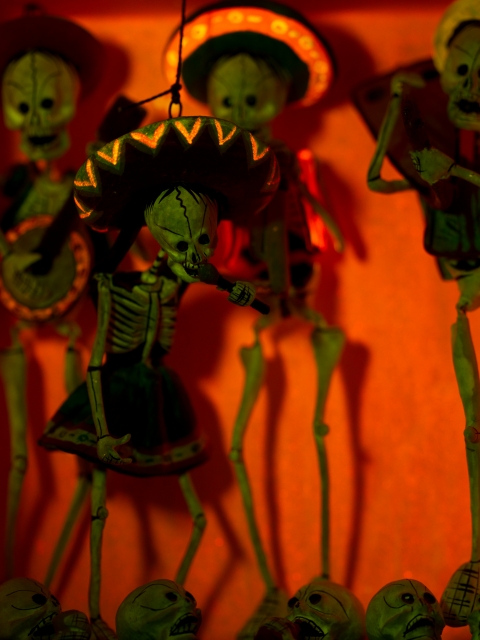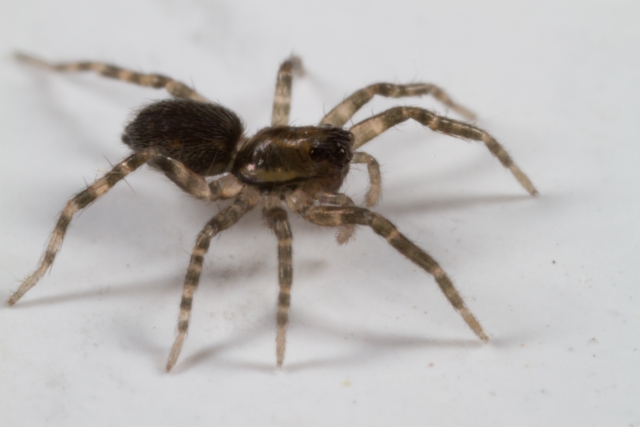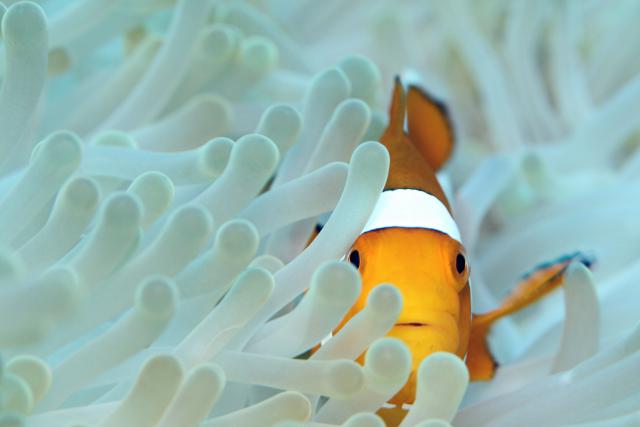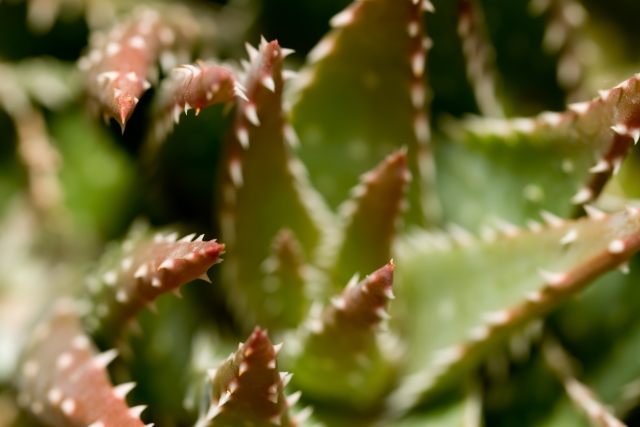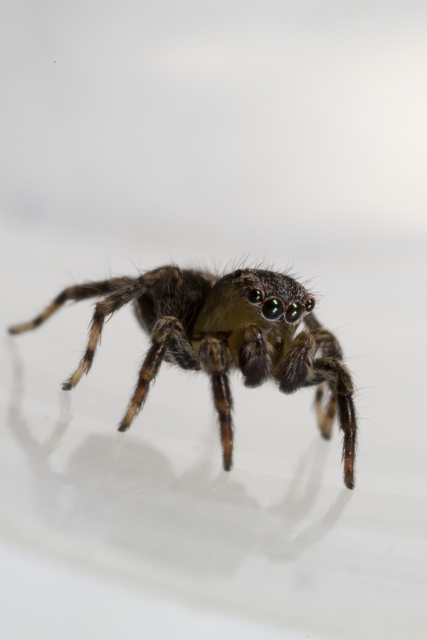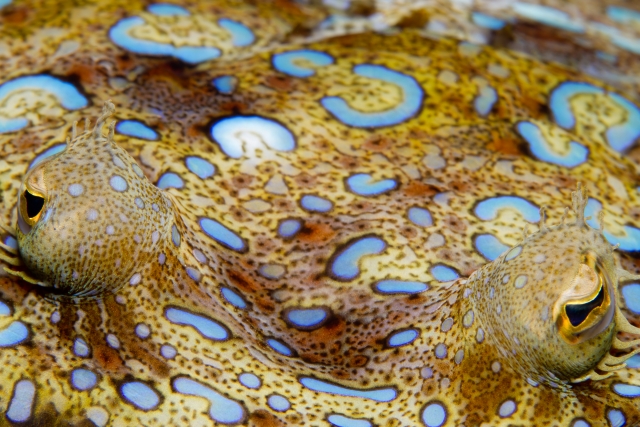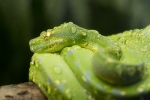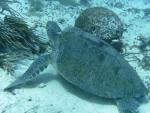flash
Dia de los Muertos Vignette (part 2)
ktuli — Sat, 03/02/2013 - 09:03
As promised, here is the shot of that vignette with the fluorescence gear. It is fun finding things around the house the fluoresce, and I felt this subject really looked good with it.
Technical Data: Canon EOS 7D, Canon EF 100mm f/2.8L Macro IS USM with Yellow 12 Filter and unknown extension tubes, 1/30 sec at f/2.8. ISO 100. Canon Speedlight 580EX II flash in eTTL mode and special fluorescence excitation filter. RAW processing in Adobe Camera Raw.
- Bill
First Spiders of 2013
ktuli — Wed, 02/13/2013 - 12:55
Ok - nothing spectacular here, but I managed to find two spiders yesterday and bring them home for a quick photoshoot (the second one I actually carried in my hand because I didn't have containers). I have just been thinking that I haven't been using the camera much recently, so I am excited to start finding spiders again!
Technical Data: Canon EOS 7D, Canon MP-E 65mm f/2.8 1-5x Macro, 1/250 sec at f/8. Canon Macro Twin Lite MT-24EX in ETTL mode. ISO 100. RAW processing in Adobe Camera Raw.
Technical Data: Canon EOS 7D, Canon MP-E 65mm f/2.8 1-5x Macro, 1/250 sec at f/16. Canon Macro Twin Lite MT-24EX in ETTL mode. ISO 100. RAW processing in Adobe Camera Raw.
That second guy is at 5x magnification, so he was pretty darn tiny.
- Bill
Three Years, 400 Posts, and a Couple More Clownfish
ktuli — Wed, 01/16/2013 - 23:01
Well - here we are. Three years and four hundred posts on my blog. Pretty impressive if I do say so myself.
So looking back through my photos, trying to figure out what I should share for this post, I really had a hard time thinking of what would really work well. There's no doubt that the photo below is one of my all-time favorite photos (so much so, that I have no qualms with sharing it again here)....
I also recently read an article about how underwater photographers have a love/hate relationship with anemone fish or clownfish. They're so cute (most species - I personally find some of them look downright angry all the time), their behaviors with their host anemone, their bright colors... it call comes together to make for a fantastic photo subject. Then there's the fact that they absolutely never hold still, and will take one of two courses of action when you approach - they will either hide or be a bit aggressive and will actually come out of their anemone to nip at you. So while they are great fun to photograph, they're also impossibly uncooperative.
With that in mind, here are some of the anemone fish shots that just get overshadowed, because (to be perfectly honest) I got lucky enough to nail the one above!
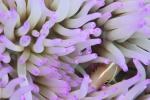 |
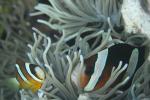 |
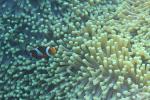 |
 |
 |
|||
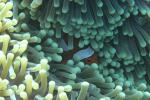 |
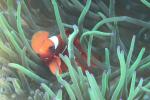 |
 |
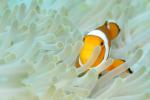 |
Well, there you have it. Three years worth of posts. Here's to three more (though I think a redesign is in order before that milestone).
Thanks to everyone who has stopped by, left comments, and above all complimented my photography!
- Bill
PS: Yay that hockey is back!
Nudibranch Assortment
ktuli — Mon, 01/14/2013 - 18:41
What would a retrospective of my blog be without an assortment of one of my favorite underwater critters... nudibranchs. These shots are from Wakatobi, Turks and Caicos, and our trip to Saba/St. Maarten/St. Kitts.
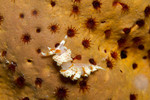 |
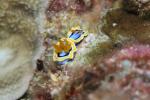 |
 |
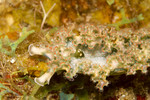 |
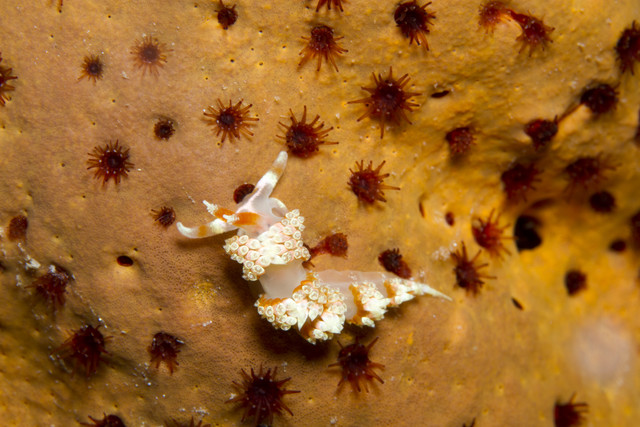 |
|||
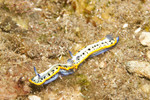 |
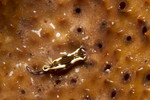 |
 |
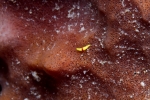 |
OK - I have to admit, I'm not even sure if that last one is actually a nudibranch. It was absolutely tiny, and I could not magnify it any larger. It sure moved like a nudi, and those bright colors make me think it might be one, but I can't find anything in any of my ID books that looks similar. But until I'm proven differently, I'll tell myself it is a new species of nudibranch that hasn't been identified yet. Perhaps I should name it... ;)
- Bill
Recent Phipps Trip
ktuli — Fri, 01/11/2013 - 21:37
Alright, today's trip into the archive doesn't go very deep as both of these are from my most recent visit to Phipps, but I've overlooked them for posting, and figured it was worth sharing them now.
Technical Data: Canon EOS 7D, Canon EF 100mm f/2.8L Macro IS USM, 1/160 sec at f/4.5. Image Stabilization on. ISO 100. Canon Speedlight 580EX II flash in eTTL mode and bounced through an ExpoImaging Rogue Flashbender. RAW processing in Adobe Camera Raw.
Technical Data: Canon EOS 7D, Canon EF 100mm f/2.8L Macro IS USM, 1/500 sec at f/3.5. Image Stabilization on. ISO 100. RAW processing in Adobe Camera Raw.
Tune in tomorrow... we'll go a little deeper into the archives.
- Bill
Turks & Caicos Explorer: Squirrelfish
ktuli — Wed, 01/09/2013 - 21:51
Ok - trying something different tonight... here's a nice little squirrel fish.
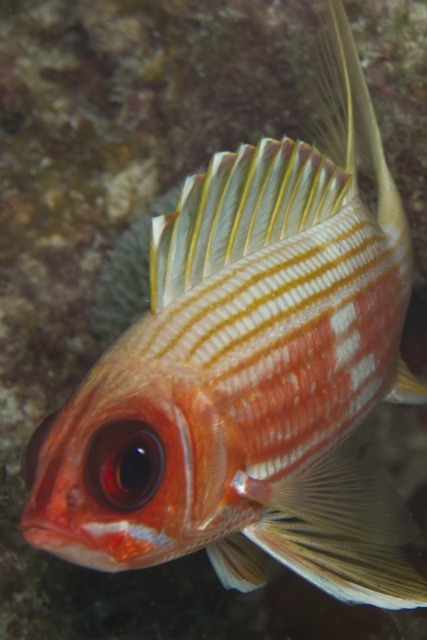
Technical Data: Canon EOS 7D, Canon EF 100mm f/2.8L Macro IS USM, 1/200th sec at f/11. Image Stabilization on. ISO 100. Ikelite Housing and Port with Ikelite 161 Strobe in TTL Mode. Raw conversion in Photoshop CS5.
Hopefully this post looks normal because it was a challenge to write because I posted it from my new tablet...
- Bill
More Jumping Spider Reflections
ktuli — Fri, 12/28/2012 - 12:34
Ok - been a while since we've had any spider photos...
Technical Data: Canon EOS 7D, Canon MP-E 65mm f/2.8 1-5x Macro, 1/250 sec at f/16. Canon Macro Twin Lite MT-24EX in ETTL mode. ISO 100. RAW processing in Adobe Camera Raw.
I can't wait till jumping spiders are around again.
- Bill
Turks and Caicos Explorer: Patterns of the Reef (part 5)
ktuli — Thu, 12/27/2012 - 10:38
Ok - I figure I'll continue this series. This entry is a look at the beautiful pattern on a Peacock Flounder. Normally, you don't get to see this amount of color because they stay on the bottom and mute their colors to camouflage on the sand. This one I found up on the reef, so he had all of his colors as bright as possible to blend in there.
Technical Data: Canon EOS 7D, Canon EF 100mm f/2.8L Macro IS USM, 1/120th sec at f/16. Image Stabilization on. ISO 100. Ikelite Housing and Port with Ikelite 161 Strobe in TTL Mode. Raw conversion in Photoshop CS5.
Thanks for stopping by!
- Bill
Focus Stack: Praying Mantis
ktuli — Mon, 12/17/2012 - 20:20
Yesterday, while walking our dogs, I spotted a dead praying mantis laying in some bushes. Since a live mantis would never sit still for a focus stack process, I decided this was a perfect opportunity to try one, so I picked it up in a plastic bag and carried it home to photograph.
A focus stack is a process of taking multiple photos, each with a slightly different slice of the scene in focus. Once you have all of your slices, you can run it through some software (in my case, I used Zerene Stacker) to align and stack the slices into a super-image with all of the scene in focus. This process is very popular for macro photographers where the depth of field can be very small (even with a small aperture).
This is the first time I've ever tried this, so I don't know if I did things right or not - I pretty much just accepted the defaults and let the software do its thing. Zerene provides two different stacking algorithms - one called DMap and another called PMax - so I tried both to see what results I could get. Here I also provide a single slice for the set to show just how little in focus I was getting for each slice.
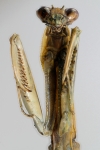 DMap |
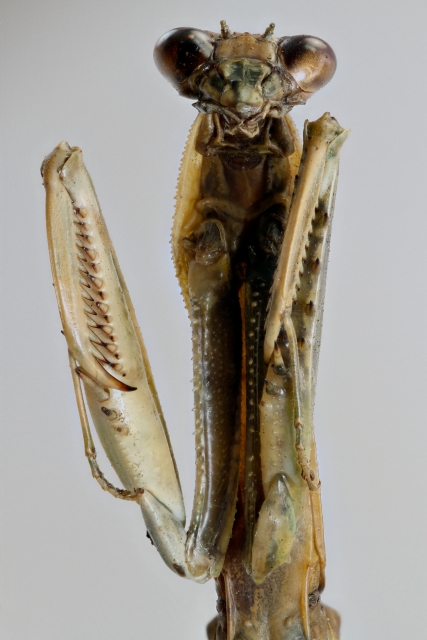 |
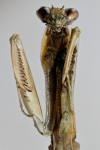 PMax |
|
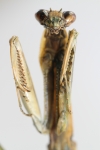 Single Slice |
Technical Data: Canon EOS 7D, Canon EF 100mm f/2.8L Macro IS USM, 1/250 sec at f/5.6. Canon Speedlight 580EX II flash in eTTL mode and wireless control. Image Stabilization off. ISO 640. 22 image stack processed in Zerene Stacker.
As you can see this shot above was done with my 100mm macro lens, but was shot at about 1:1.5 magnification, meaning it is not at lifesize magnification. I had to do this to get the head and forearms in the shot at once. Unfortunately, it wasn't very flexible, so I didn't have much choice on the posing or I would have moved the arm on the right a bit to separate it from the body; however, I was afraid of breaking the arm off, so I didn't try to move it.
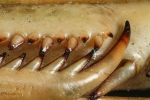 DMap |
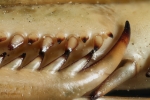 PMax |
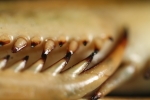 Single Slice |
 |
||
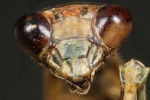 DMap |
 PMax |
 Single Slice |
Technical Data: Canon EOS 7D, Canon MP-E 65mm f/2.8 1-5x Macro, 1/250 sec at f/5.6. Canon Macro Twin Lite MT-24EX in ETTL mode. ISO 100. 17 and 18 image (respectively) stack processed in Zerene Stacker.
As you can see, the DMap method seems to leave some really undesirable artifacts in the final image that look ugly. I'm not sure if that was my fault for not configuring something correctly (or from my old computer not keeping up), or if that method doesn't work well for this kind of shot, or what. I'll have to do more research and see whether I can figure out why that happened.
With the second and third shots, I used the Canon MP-E 65mm macro lens. For the claw, I used a 4x magnification (4:1), and a 2x magnification (2:1) for the face. With the face, I apparently should have taken more shots to get the "neck/shoulders" in focus as well at the bottom of the frame - that was my mistake because I was looking at the top of the mantis' head as I moved the focus forward to get the slices and forgot to look at the rest of the frame.
To take these shots, I had my camera mounted on my macro focusing rail and set the lens in manual focus mode and simply moved the whole rig forward and backwards to get the slices I needed. To be honest, it was a lot of work to setup the shot and make the very small adjustments to get all the necessary slices.
- Bill
Orchid Assortment
ktuli — Wed, 12/12/2012 - 19:06
Ok - we'll towel off again for a bit of non-dive photography. Enjoy the orchids!
 |
||
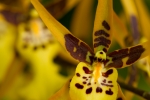 |
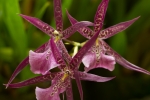 |
 |
Technical Data: Canon EOS 7D, Canon EF 100mm f/2.8L Macro IS USM, 1/40 sec at f/5 (left), 1/30 sec at f/5 (middle), 1/120 sec at f/5.6 (right). Image Stabilization on. ISO 100. Canon Speedlight 580EX II flash in eTTL mode and bounced through an ExpoImaging Rogue Flashbender (right image only). RAW processing in Adobe Camera Raw.
Thanks for stopping by.
- Bill

